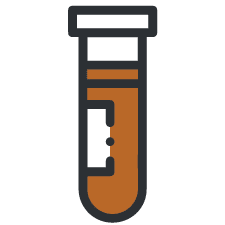Ambien, also known by its generic name Zolpidem, is a prescription sleep aid commonly used to treat insomnia. Classified as a Schedule IV sedative-hypnotic, it works by interacting with GABA receptors in the brain—neurotransmitters that help regulate relaxation and sleep.
When taken as directed, Ambien can be effective, but it also carries the risk of dependence and misuse. In recent years, zolpidem has remained one of the most prescribed sedative-hypnotic medications in the U.S. In 2023, around 11.4 million prescriptions were dispensed to an estimated 2.4 million patients, highlighting how widely it’s used and the importance of monitoring its effects.
Because of these risks, it’s important to understand how Ambien affects the body, including how long Ambien stays in your system.




